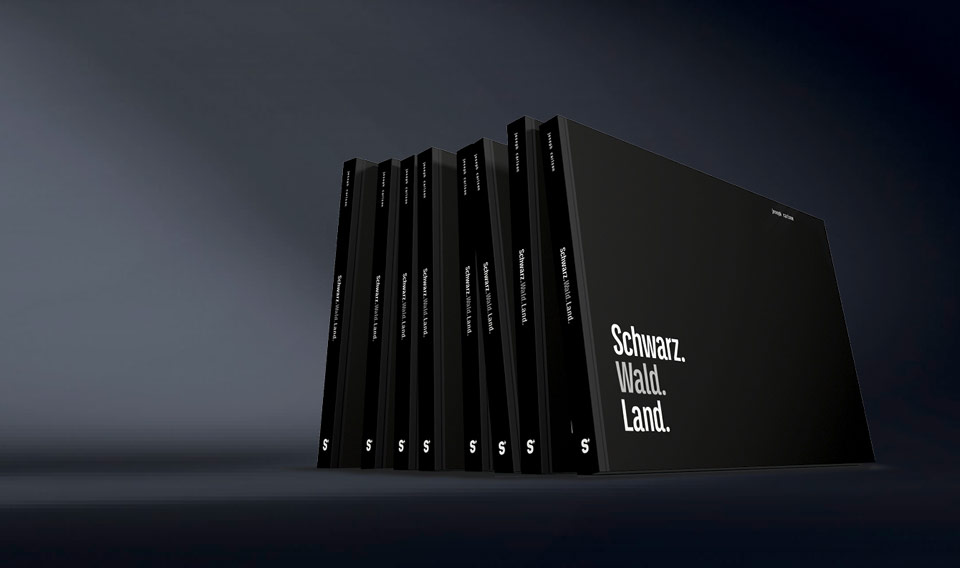
• iF design award 2017
• German Design Award Winner 2018
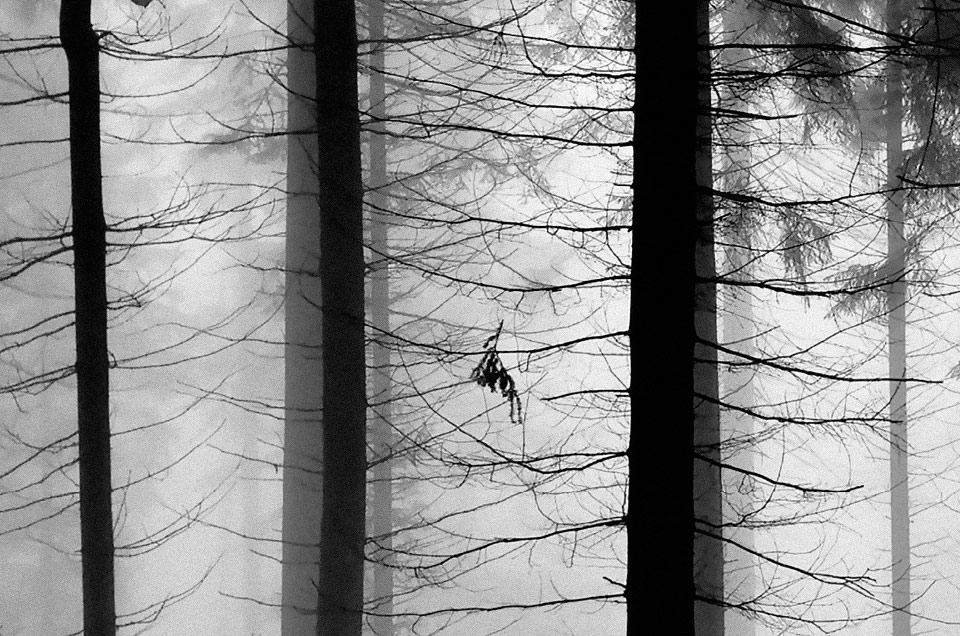
• iF design award 2017
• German Design Award Winner 2018
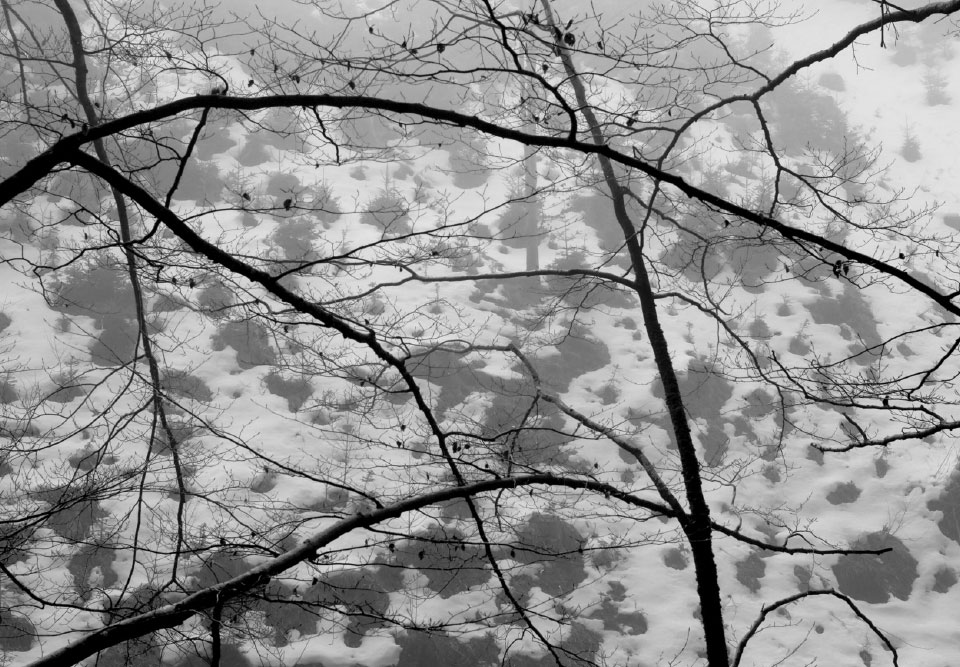
• iF design award 2017
• German Design Award Winner 2018
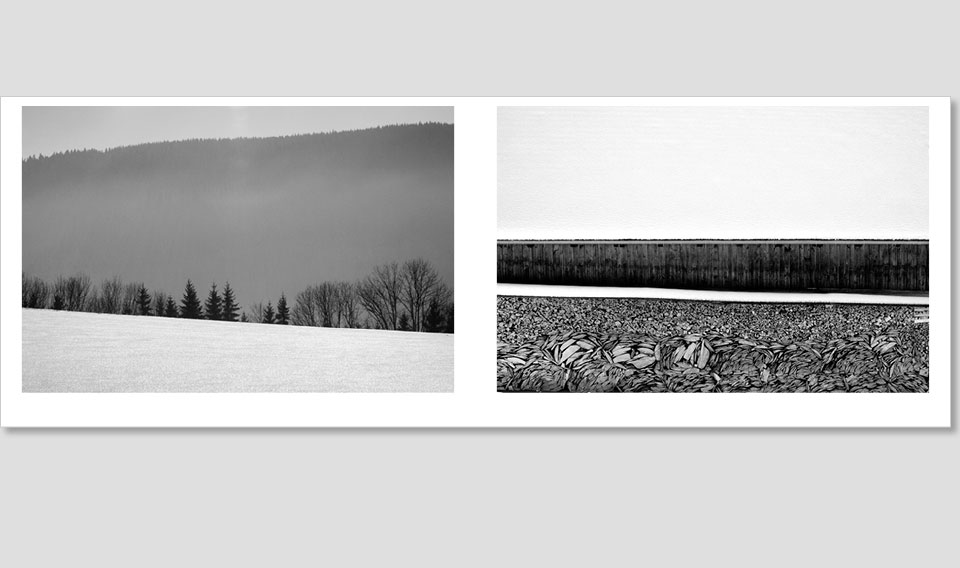
• iF design award 2017
• German Design Award Winner 2018
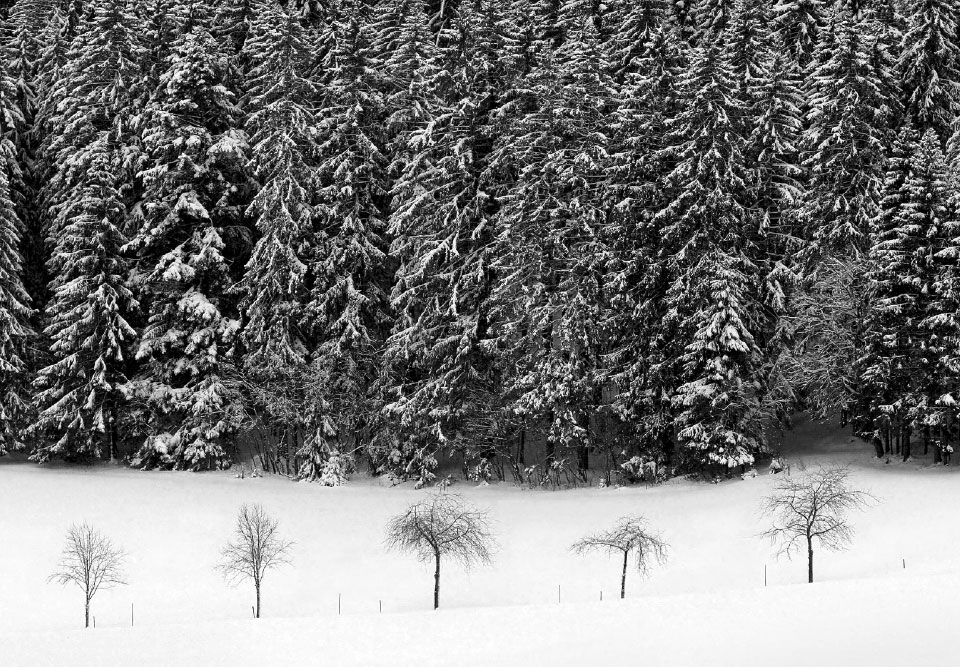
• iF design award 2017
• German Design Award Winner 2018
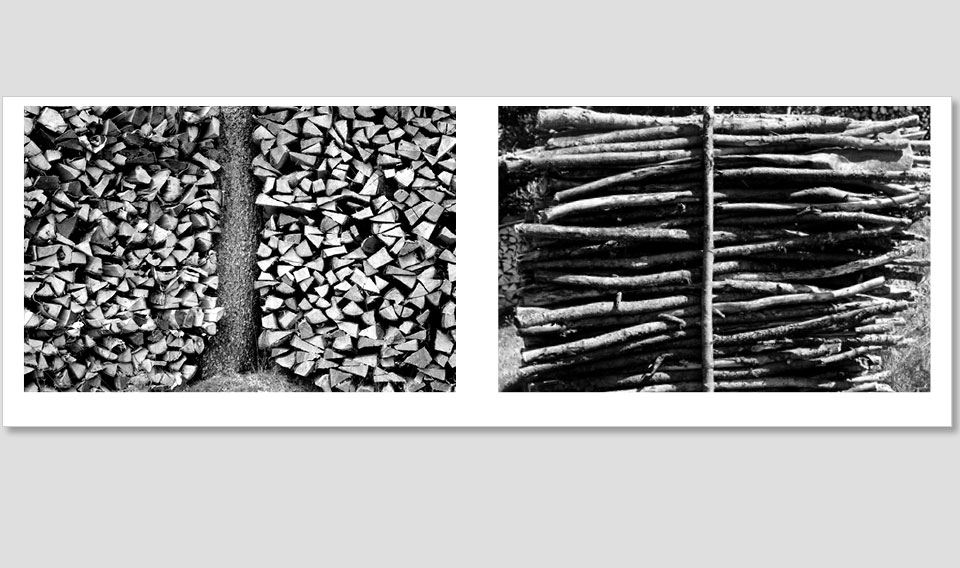
• iF design award 2017
• German Design Award Winner 2018
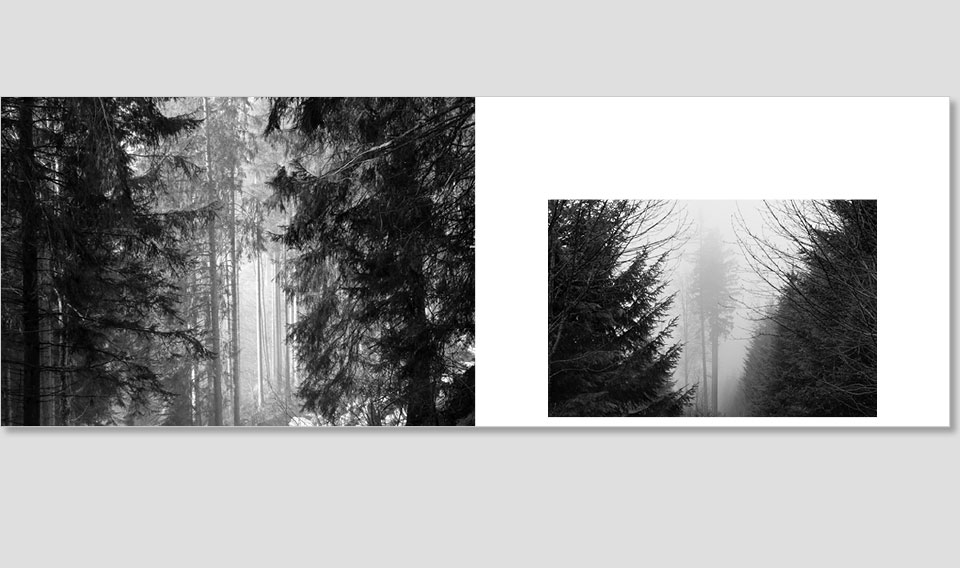
• iF design award 2017
• German Design Award Winner 2018
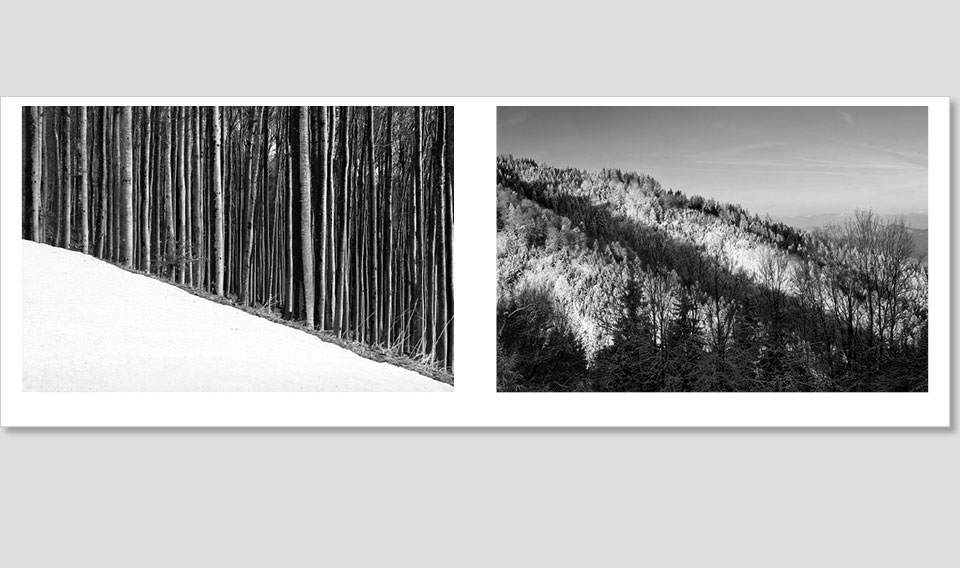
• iF design award 2017
• German Design Award Winner 2018
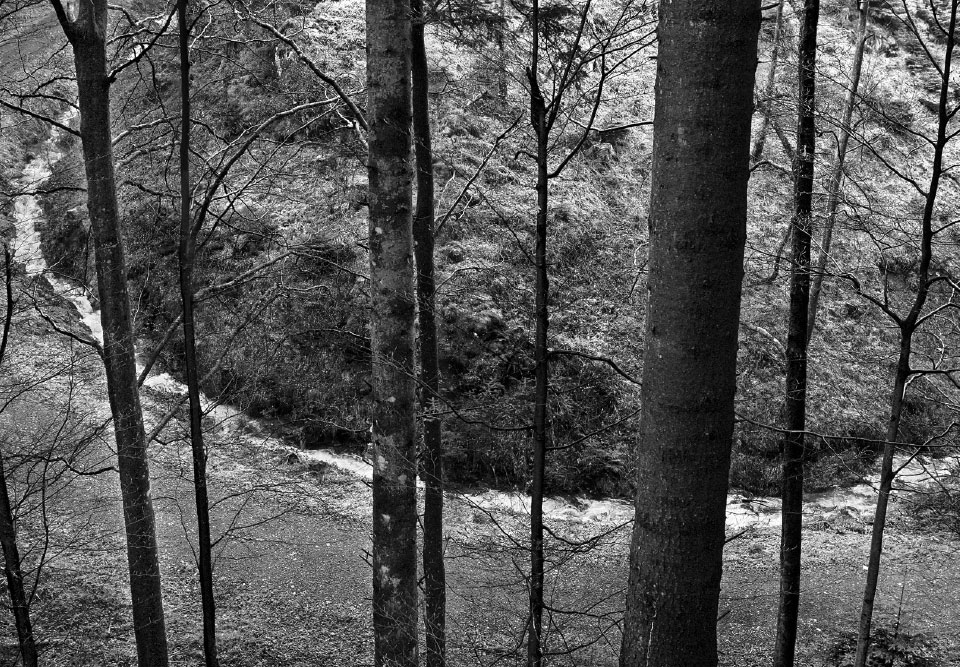
• iF design award 2017
• German Design Award Winner 2018
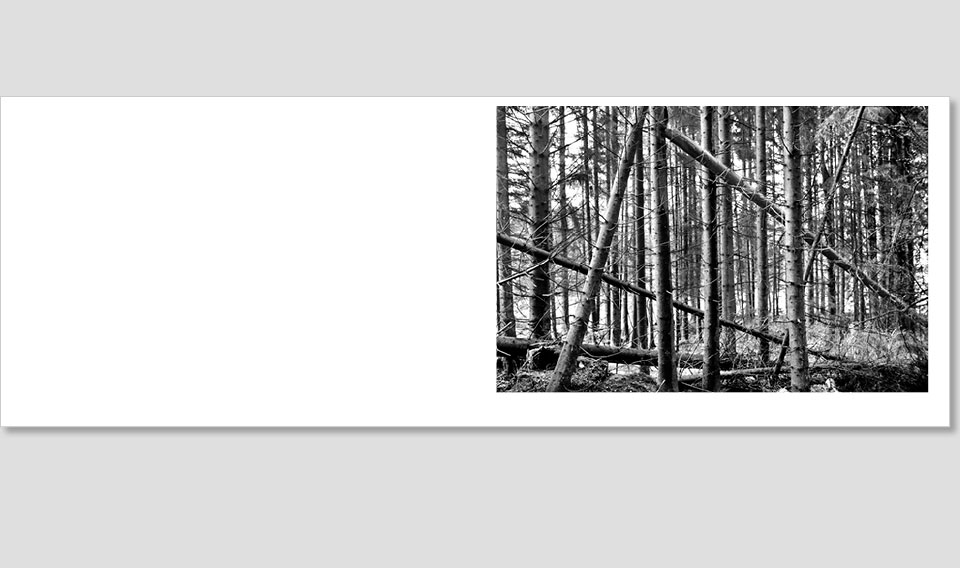
• iF design award 2017
• German Design Award Winner 2018
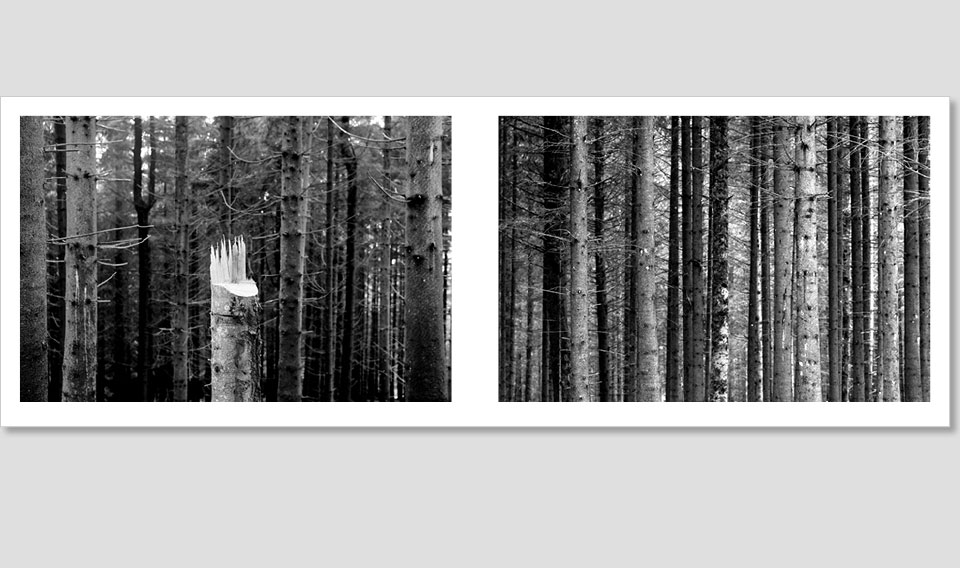
• iF design award 2017
• German Design Award Winner 2018
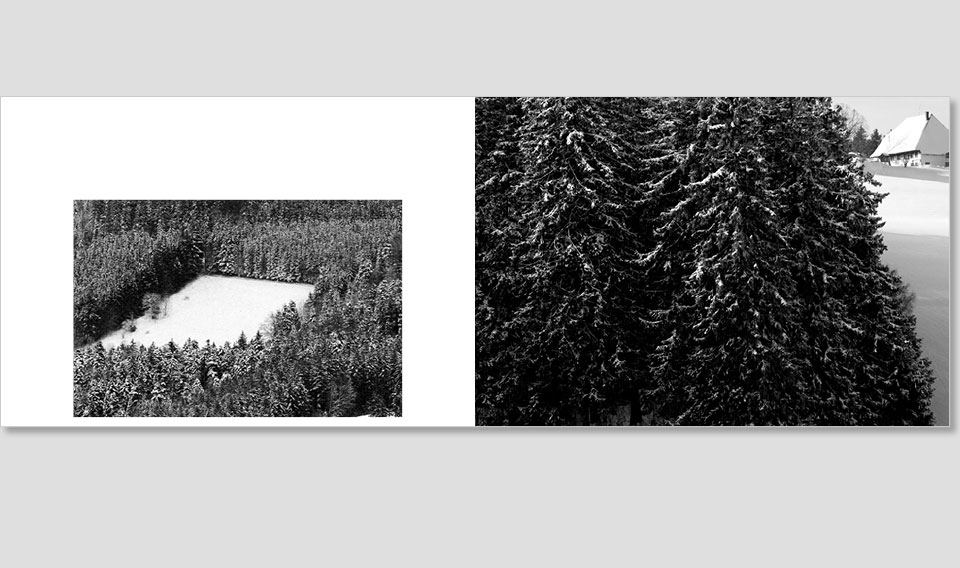
• iF design award 2017
• German Design Award Winner 2018
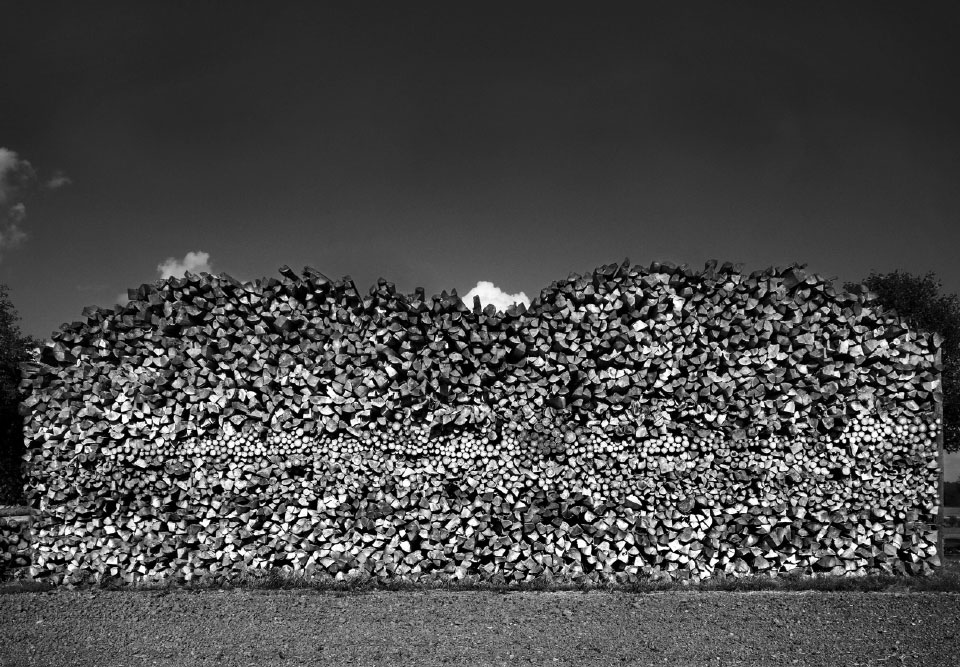
• iF design award 2017
• German Design Award Winner 2018
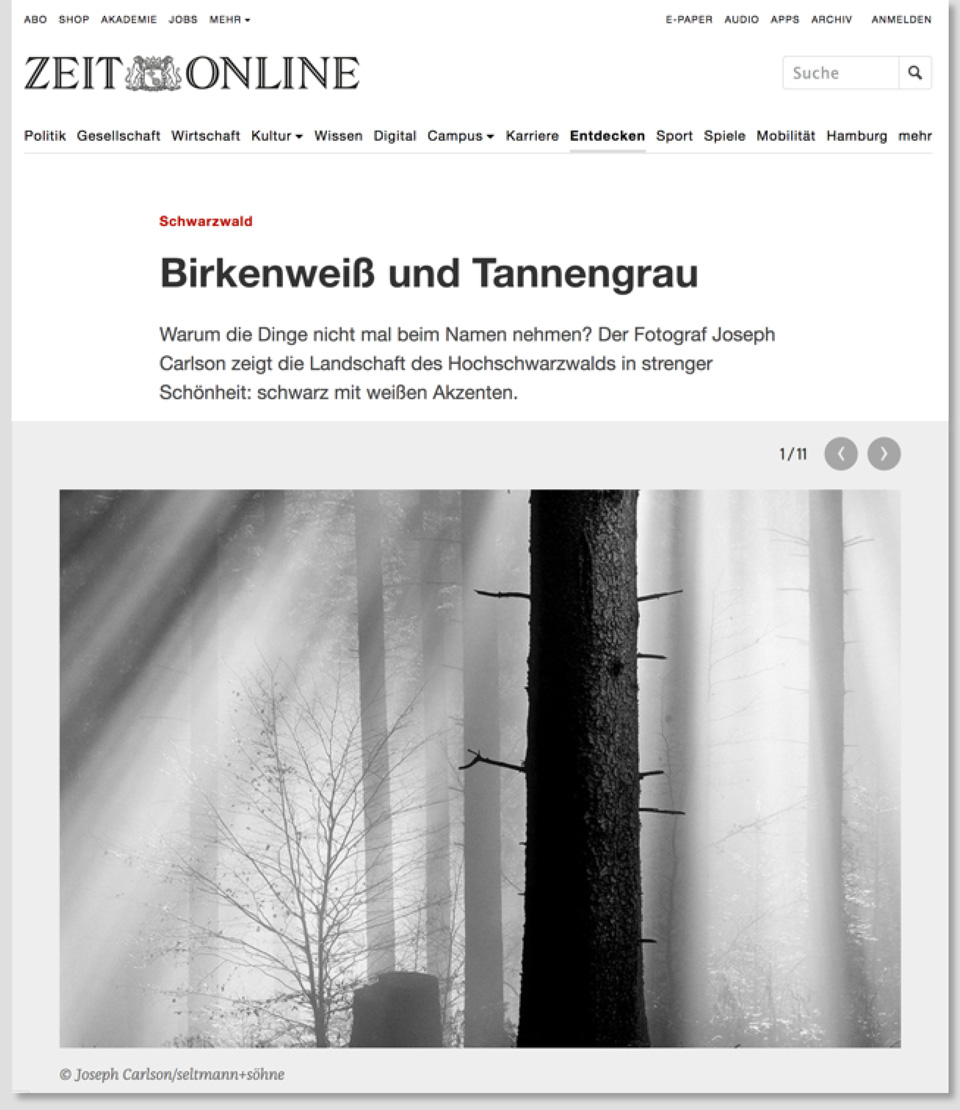
• iF design award 2017
• German Design Award Winner 2018
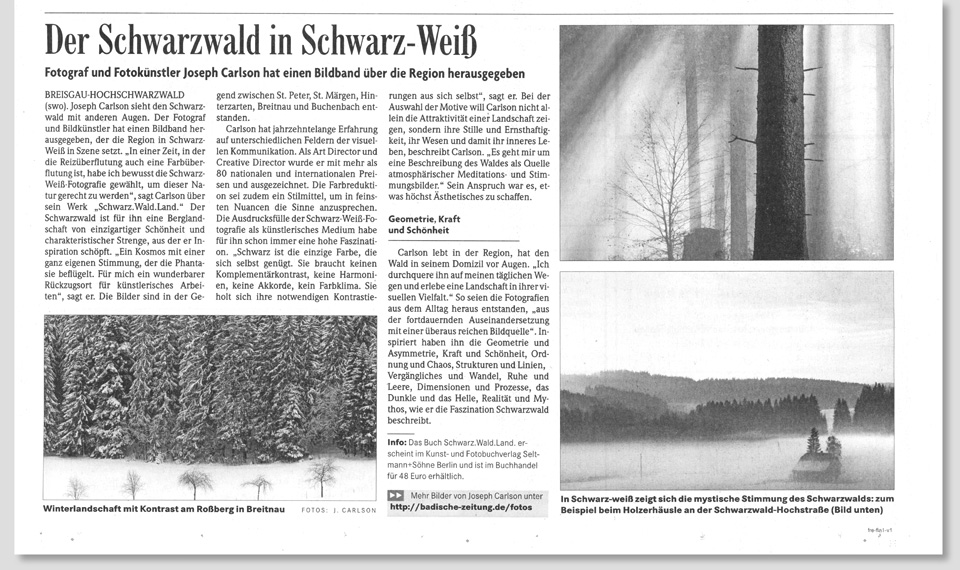
• iF design award 2017
• German Design Award Winner 2018
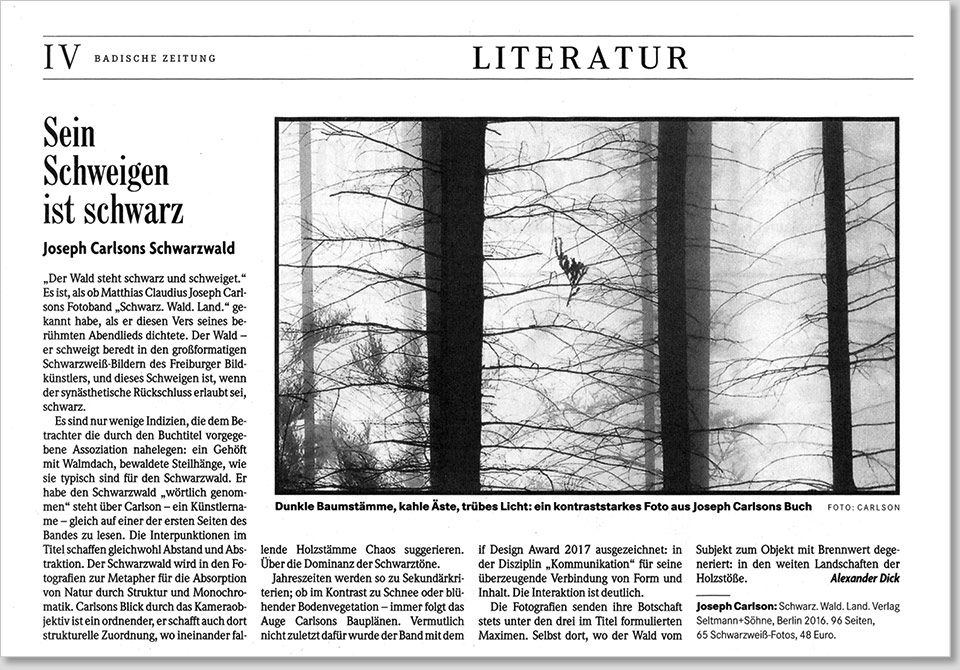
• iF design award 2017
• German Design Award Winner 2018
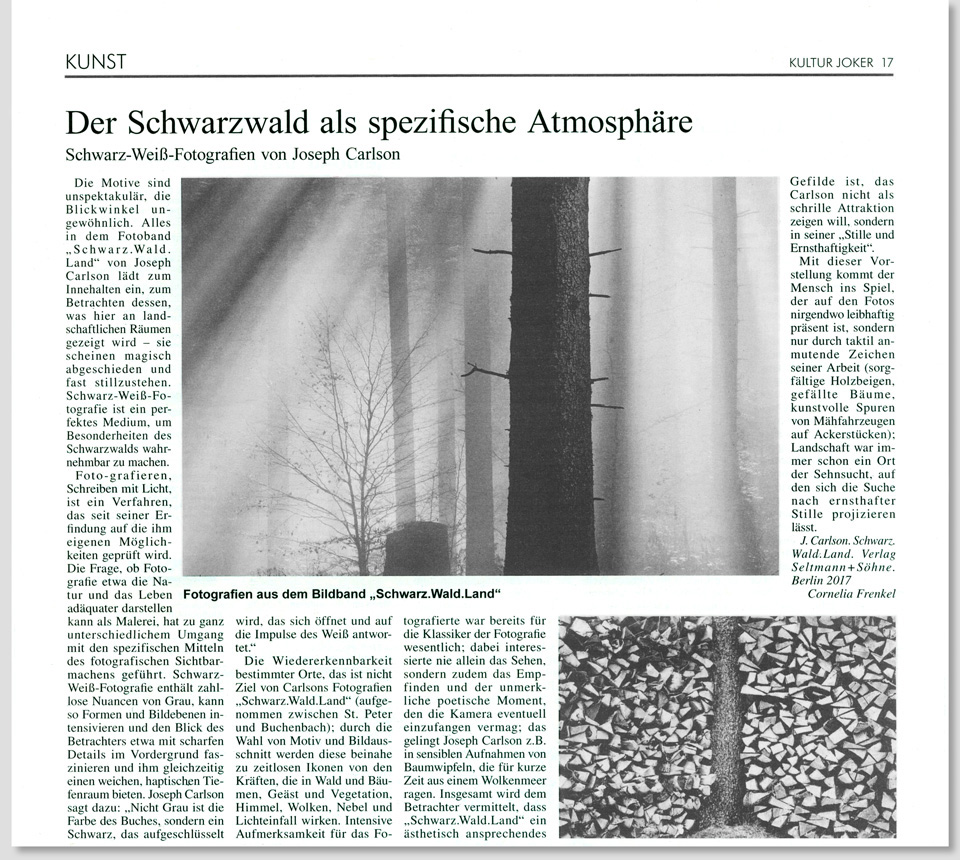
• iF design award 2017
• German Design Award Winner 2018
Black.Forest.Land.
The book “Schwarz.Wald.Land.” is an ode to the colour black. Rather than looking at black in the abstract, it focuses on something incredibly concrete – the legendary German mountain range that bears its name. Its pages seek to fully explore the scope of the colour black, its nuances, and its potential for emotion. Here, visual artist and photographer Joseph Carlson frames the colour black in terms of its expression in nature. The visual language defines the forest and landscape as a noble source of atmospheric, meditative, and emotional images.
“Schwarz.Wald.Land.” reveals a world in which colour would be superfluous. This black and white cosmos liberates our gaze and enables us to see. identis has designed the book to invite the viewer to engage in a dialogue with the colour black. Both its visual format and layout allow the images to speak for themselves. The form and content presented on a double-page spread are so inherently intertwined that severing the images seems virtually inconceivable. The visual organisation of words as collapsed sentences makes them emerge as images in their own right—ones that contain the gestures and rhythms of the forest. It is in this way that the book offers us an intrinsic means of dual perception.